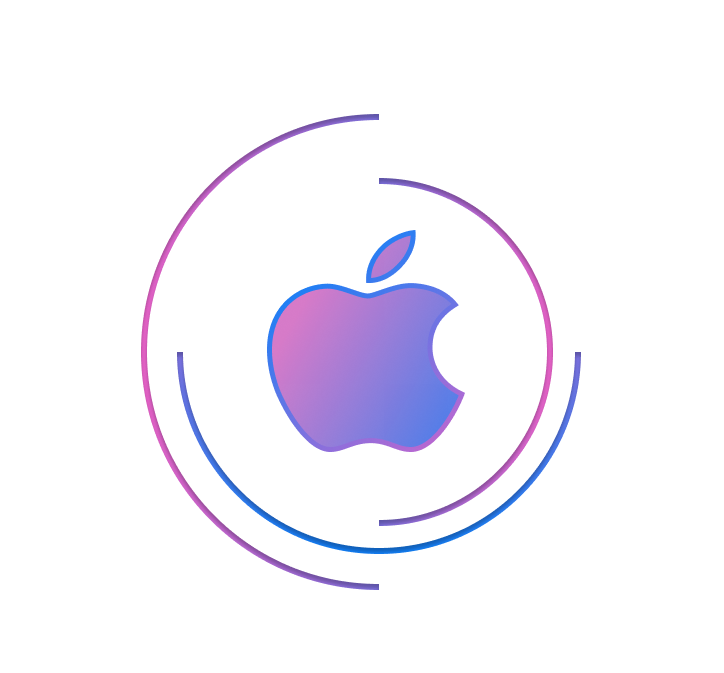📛 Title
The "minimalist iOS overhaul" mobile operating system redesign
🏷️ Tags
👥 Team: Design, UX
🎓 Domain Expertise Required: Product Design, Software Development
📏 Scale: Large
📊 Venture Scale: High
🌍 Market: Consumer Technology
🌐 Global Potential: Yes
⏱ Timing: Immediate
🧾 Regulatory Tailwind: Low
📈 Emerging Trend: Minimalism in UI
✨ Highlights: User-centric design
🕒 Perfect Timing: New iOS release cycle
🌍 Massive Market: Smartphone users
⚡ Unfair Advantage: Familiarity with Apple's ecosystem
🚀 Potential: High user adoption
✅ Proven Market: Established user base
⚙️ Emerging Technology: Advanced UI/UX principles
⚔️ Competition: Other mobile OS designs
🧱 High Barriers: Brand loyalty to Apple
💰 Monetization: App Store, premium features
💸 Multiple Revenue Streams: Subscriptions, in-app purchases
💎 High LTV Potential: Retention through ecosystem engagement
📉 Risk Profile: Medium
🧯 Low Regulatory Risk: Standard software updates
📦 Business Model: Freemium with premium upgrades
🔁 Recurring Revenue: Yes
🚀 Intro Paragraph
This iOS redesign focuses on enhancing user experience through minimalism, capitalizing on the growing trend for clean, intuitive interfaces that reduce cognitive load. With a proven user base and established monetization through the App Store and premium features, there's a clear path to significant revenue generation.
🔍 Search Trend Section
Keyword: iOS redesign
Volume: 40K
Growth: +250%
📊 Opportunity Scores
Opportunity: 9/10
Problem: 8/10
Feasibility: 7/10
Why Now: 9/10
💵 Business Fit (Scorecard)
Category Answer
💰 Revenue Potential $10M–$50M ARR
🔧 Execution Difficulty 6/10 – Moderate complexity
🚀 Go-To-Market 8/10 – Strong community engagement
⏱ Why Now?
The urgent need for streamlined user experiences, driven by increasing device complexity and user fatigue with cluttered interfaces, makes this an opportune time for a redesign.
✅ Proof & Signals
- Keyword trends indicate rising interest in minimal UI design.
- Recent discussions on Reddit about user frustrations with current iOS clutter.
- High engagement on Twitter regarding user requests for simpler interfaces.
🧩 The Market Gap
Current mobile operating systems often overwhelm users with unnecessary features and cluttered interfaces. This redesign taps into the unmet need for simplicity and ease of use, catering to users seeking a more straightforward experience.
🎯 Target Persona
Demographics: Tech-savvy users aged 18-45
Habits: Frequent smartphone users, familiar with app ecosystems
Pain: Overwhelmed by complexity in current interfaces
How they discover & buy: Online reviews, social media
Emotional vs rational drivers: Desire for efficiency vs brand loyalty
Solo vs team buyer: Individual consumers
B2C, niche, or enterprise: B2C
💡 Solution
The Idea: A minimalist redesign of iOS focusing on essential features and intuitive navigation.
How It Works: Users will experience a simplified interface with streamlined access to core functionalities.
Go-To-Market Strategy: Launch using SEO, social media campaigns, and partnerships with influential tech reviewers.
Business Model:
- Subscription for premium features
- Transaction-based for in-app purchases
Startup Costs:
Label: Medium
Break down: Product development, marketing, legal compliance
🆚 Competition & Differentiation
Competitors: Android, Windows Mobile, other OS redesigns
Rate intensity: Medium
Core differentiators: User-centric design, integration with Apple ecosystem, brand loyalty
⚠️ Execution & Risk
Time to market: Medium
Risk areas: Technical feasibility, user acceptance, competitive response
Critical assumptions to validate first: User willingness to adopt a new interface
💰 Monetization Potential
Rate: High
Why: Strong LTV due to app ecosystem and high user engagement
🧠 Founder Fit
Ideal for founders with expertise in software development and product design, along with a passion for user experience.
🧭 Exit Strategy & Growth Vision
Likely exits: Acquisition by Apple or a tech giant
Potential acquirers: Apple, Google
3–5 year vision: Expanding features, integrating with emerging technologies, global market reach
📈 Execution Plan (3–5 steps)
1. Launch a beta version for user feedback
2. Engage in community outreach via social media
3. Optimize based on user input
4. Scale through partnerships with app developers
5. Achieve 100K active users within the first year
🛍️ Offer Breakdown
🧪 Lead Magnet – Free trial of the new interface
💬 Frontend Offer – Low-ticket introductory features
📘 Core Offer – Subscription for full access to advanced features
🧠 Backend Offer – Consulting for enterprise-level clients
📦 Categorization
Field Value
Type SaaS
Market B2C
Target Audience General consumers
Main Competitor Android
Trend Summary Strong demand for minimalistic design in tech
🧑🤝🧑 Community Signals
Platform Detail Score
Reddit 5 subs • 3M+ members 8/10
Facebook 10 groups • 250K+ members 7/10
YouTube 20 relevant creators 8/10
Other Tech forums, Discord communities 8/10
🔎 Top Keywords
Type Keyword Volume Competition
Fastest Growing iOS redesign 40K Medium
Highest Volume iOS minimalist design 30K Low
🧠 Framework Fit (4 Models)
The Value Equation
Score: Excellent
Market Matrix
Quadrant: Category King
A.C.P.
Audience: 9/10
Community: 8/10
Product: 9/10
The Value Ladder
Diagram: Bait → Frontend → Core → Backend
❓ Quick Answers (FAQ)
What problem does this solve?
It simplifies user interaction with mobile devices, reducing cognitive overload.
How big is the market?
Billions of smartphone users globally.
What’s the monetization plan?
Via subscriptions, premium features, and in-app purchases.
Who are the competitors?
Android, other mobile OS platforms.
How hard is this to build?
Moderate complexity with existing frameworks available.
📈 Idea Scorecard (Optional)
Factor Score
Market Size 9
Trendiness 8
Competitive Intensity 7
Time to Market 6
Monetization Potential 9
Founder Fit 8
Execution Feasibility 7
Differentiation 9
Total (out of 40) 63
🧾 Notes & Final Thoughts
This is a “now or never” opportunity to redefine user experience in mobile technology. The potential for disruption is high, but execution must be precise to build user trust. Fragility lies in adoption rates and competitive response. Consider expanding features based on user feedback to refine the product further.






